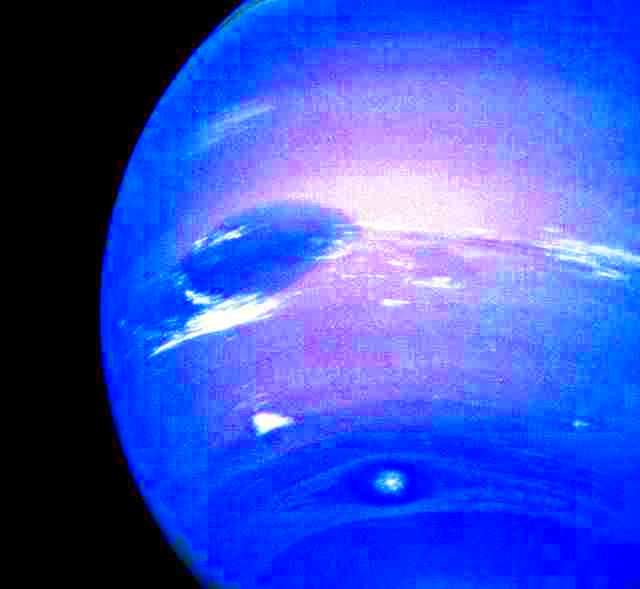The September Equinox will fall on 23 September 2014, when the day and night will be of equal length in both of the Earth's hemispheres. The Earth spins on its axis at an angle to the plain of the Solar System. This means that the poles of the Earth do not remain at 90° to the Sun, but rather the northern pole is tilted towards the Sun for six months of the year (the northern summer), and the southern pole for the other six months (the southern summer). This means that twice a year neither pole is inclined towards the Sun, on days known as the equinoxes.
How the combination of the Earth's equatorial plane (horizontal circle labled as Celestial equator) and the plane of the Earth's orbit (diagonal circle labled as Path of the Sun) creates the Solstices and Equinoxes that we observe. Christopher Crockett.
The equinoxes fall each year in March and September, with the March Equinox being the Spring (or Vernal) Equinox in the Northern Hemisphere and the Autumn Equinox in the Southern Hemisphere, while the September Equinox is the Autumn Equinox in the Northern Hemisphere and the Spring Equinox in the Southern Hemisphere. On these two days the day and night are both exactly twelve hours long at every point on the planet, the only days on which this happens.
See also...
The planet Venus will reach perihelion (the closest point on its orbit to the Sun) at 3.3p pm GMT on Friday 5 September 2014, when it will be 0.718 440 AU (107 477 000 km) from the Sun. This is not...
The planet Neptune reached opposition (i.e. was directly opposite the Sun seen from Earth) at 2.18 pm GMT on Friday 29 August 2014. This means that it will both be at its closest to the Earth this year, about 28.96 AU (28.96 times the average distance between the Earth and the Sun, or about 4 332 000 000 km), and completely...
At 5.44 pm GMT on Sunday 10 August 2014 the Moon will be at its closest point to the Earth in 2014, at a...
Follow Sciency Thoughts on Facebook.




